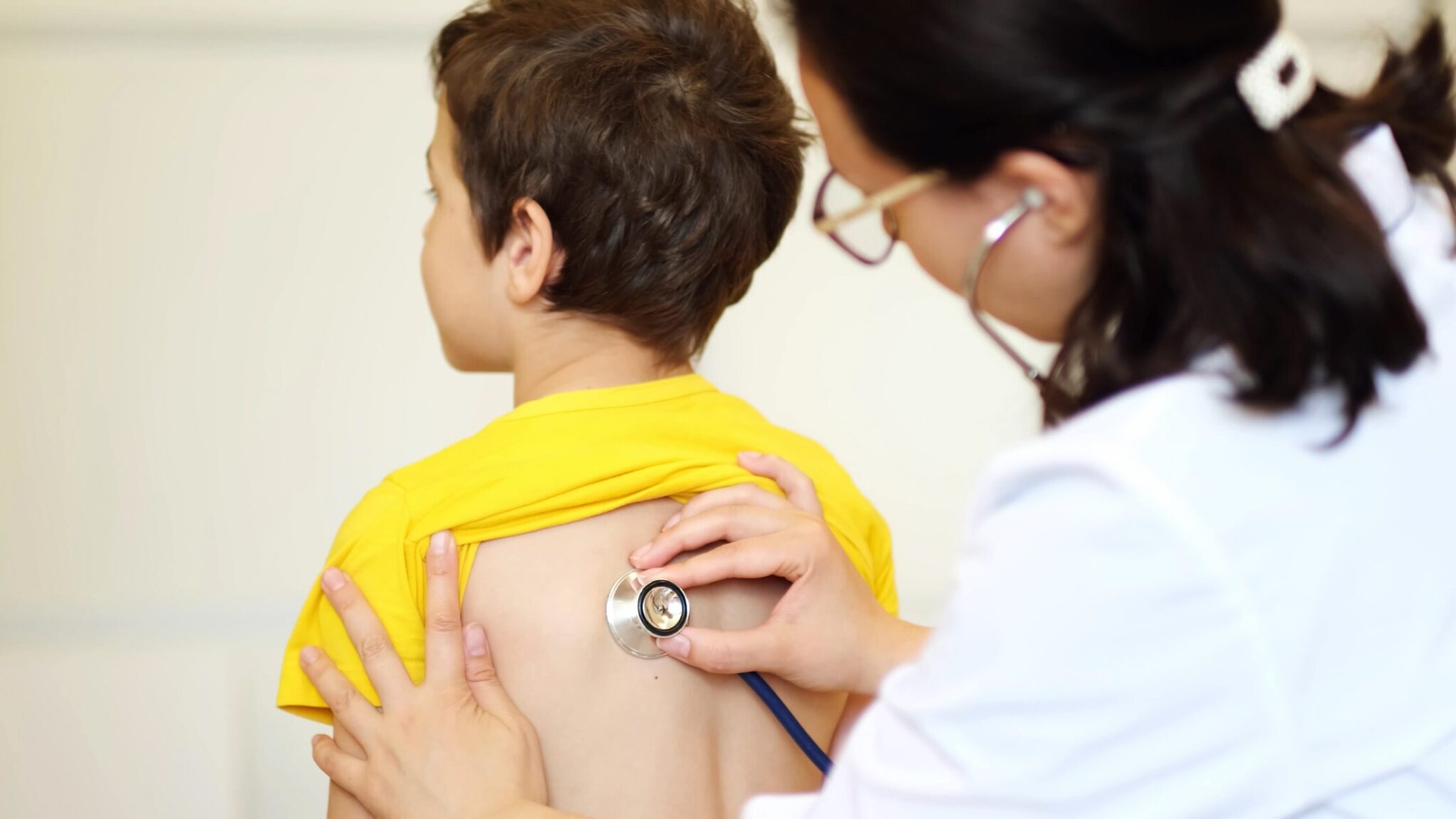On August 12, 2024, the American Heart Association (AHA) published the first comprehensive expert-consensus scientific statement on pediatric aortopathy. The statement covers multiple conditions, including Marfan, Loeys-Dietz, and Vascular Ehlers-Danlos syndrome.
Topics of interest include new guidance around physical activity and exercise in children and reference tables for doctors that lay out optimal practices for imaging when to prescribe medications and surgical thresholds. In totality, the statement’s aim is to help pediatricians and pediatric cardiologists around the United States and the world optimize care for young people under 18.
“With improving medical care, children are increasingly being evaluated for and diagnosed with hereditary aortic and arterial conditions. However, practice among healthcare providers for these children varies widely. Guidelines written focused on adults often do not apply to children with smaller growing bodies. This variation affects all aspects of care, including genetic testing, imaging, advice on activities, and surgical thresholds,” said Dr. Shaine Morris, a pediatric cardiologist and Associate Professor who is Medical Director of the Cardiovascular Genetics Program at Texas Children’s Hospital and Baylor College of Medicine.
“A Team Effort”
“We convened an outstanding multidisciplinary group of experts in pediatric aortic disease to help provide a framework for care in these children. We hope that this document will help align and support providers and optimize care for young people with these conditions,” said Morris.
Morris called the statement a team effort and an “amazing feat of alignment” that included input from pediatric cardiologists, an adult congenital cardiologist, geneticists, a genetic counselor, a cardo-thoracic surgeon, and a nurse.
“We are thrilled that the pediatric experts have been brought together to develop a consensus statement on the management of children dealing with these genetic, aortic, and vascular conditions,” said Dr. Josephine Grima, the Foundation’s Chief Science Officer. “The awareness and clarity around management is so needed for this community. It is our hope that this will help parents obtain better care from multi-disciplinary physician teams and help improve the quality of life for their children.”
Providing Pediatricians Everywhere with Relevant Guidance
Prior to this statement, Morris shared that almost all guidance around aortopathy had been “clearly focused on adults” and “wasn’t always relevant for the treatment of young people.”
Morris said she and Dr. Ron Lacro of Boston Children’s Hospital initially approached the AHA in an effort to convene experts and create dedicated guidance that would be “more friendly to care providers giving care to young children.”
“We get referrals from all over the country, and I really saw that pediatric providers were struggling with how to care for these kids. Hopefully, we can help to align care for kids so that they have the best possible outcomes and can live the longest, healthiest possible lives in the United States and around the world,” said Morris.
The reference points outlined in the statement, which Morris says will likely be updated over time due to the study of aortopathy being a “rapidly evolving field,” represent the current best science by expert consensus. The statement is geared toward assisting “pediatricians and pediatric cardiologists who don’t necessarily focus on genetic diseases overall” and “keeping them up-to-date and able to optimize care.”
Physical Activity Addressed
“We have provided specific tables with potential frequency of imaging, medication prescribing, and surgical thresholds,” said Morris. “We didn’t really have activity and exercise guidance for children beyond the Bethesda Guidelines, which were really for competitive athletes and are extremely restrictive — with most [children with genetic aortic and vascular conditions] limited…a lot of people would apply those to children who were not in competitive athletics.”
In the new statement, Morris said, “Regarding physical activity and exercise, we tried to emphasize shared decision-making between parents and healthcare providers to ensure kids are not excessively limited.”
Dr. Hal Dietz contextualized the importance of this first-of-its-kind statement like this: “The scientific statement, based upon both medical evidence and expert opinion, represents an important step forward in both the standardization and individualization of management for children with inherited presentations of aortic aneurysm. This transitions the mindset from ‘What works best for the average person with this condition?’ to ‘What will work best for this child?’”
Reviewing & Sharing the Statement
To better understand the scientific statement, review this summary and Top Things to Know from AHA. You can read the full statement in AHA’s Circulation journal. If you share these links with other healthcare providers, you may also want to highlight the Supplemental Material downloadable document at the bottom of Circulation’s statement, as it contains the quick references for healthcare providers created as part of the statement, according to Morris.

